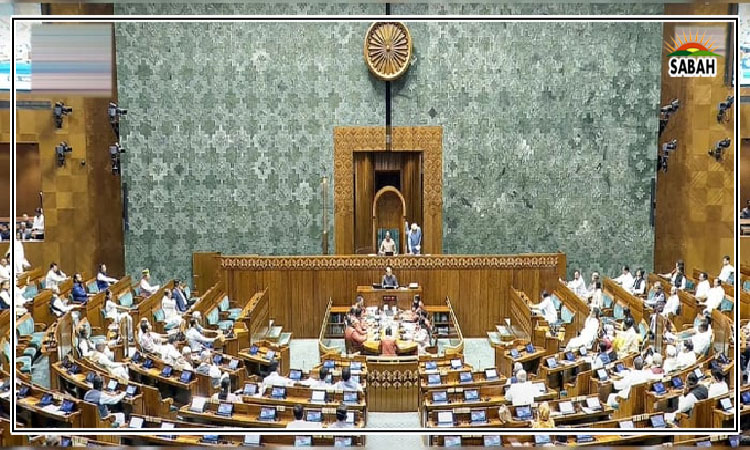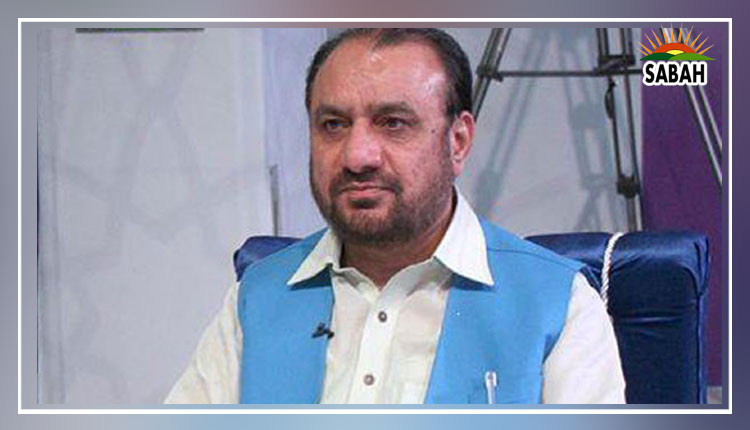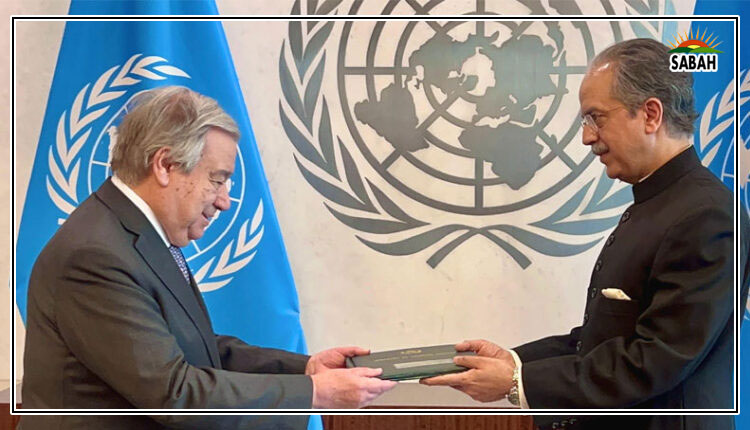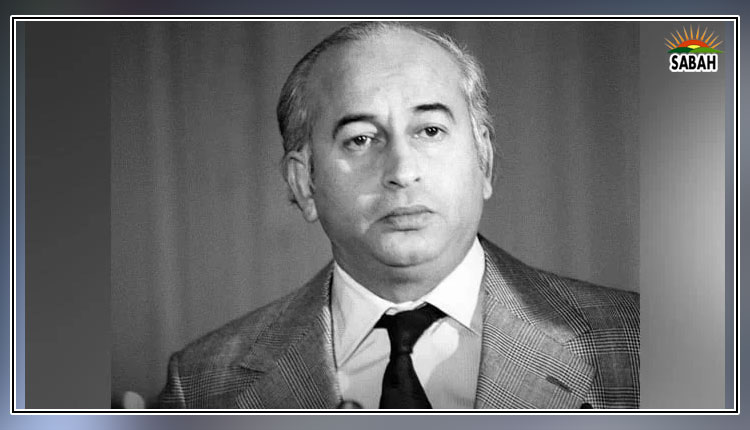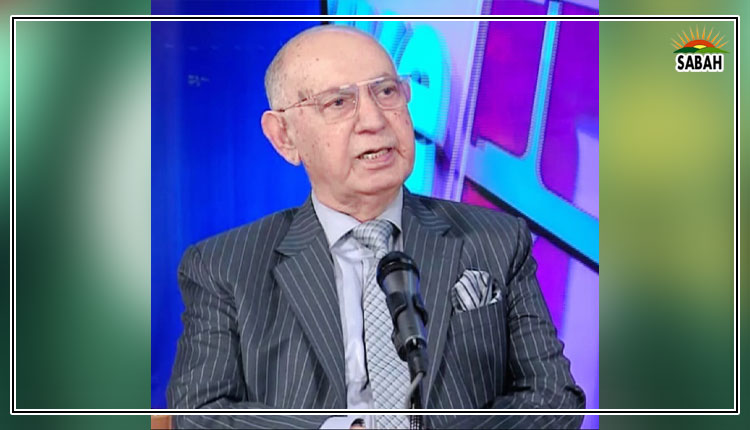How the hidden curriculum in English textbooks shapes minds …..Farhana Shahzad
Imagine sitting in an English classroom, flipping through a textbook meant to teach you the world’s most widely spoken language. But beneath the grammar exercises and vocabulary lists lies something more subtle – a set of hidden lessons that shape how you see yourself and the world. This is the “hidden curriculum” and, contrary to what the term suggests, its impact is far from insignificant.
The phrase “hidden curriculum” may sound like something out of a spy novel – a covert operation unfolding in the shadows. But it’s a pervasive issue in education. It refers to the unwritten lessons, values and norms embedded in educational materials, often without the awareness of curriculum designers or educators. In the realm of English Language Teaching (ELT), this hidden curriculum frequently prioritises the culture of native English speakers while sidelining the cultural identity of non-native learners.
In countries like Pakistan, where English is taught as a second or foreign language, this issue takes on added urgency. The “target culture” that permeates these textbooks gradually displaces the “source culture” – the students’ own cultural backgrounds. The outcome? A generation of students who may become fluent in English but feel estranged from their own cultural roots.
The Quiet Power of Textbooks
Textbooks are the cornerstone of any classroom, especially in English language instruction. For many teachers, they are the go-to resource for lesson planning – the holy grail of teaching tools. While these books excel at teaching language skills, they also carry a hidden agenda – one that often goes unnoticed. This agenda subtly promotes the culture of English-speaking countries, often at the expense of the students’ native culture.
This may seem like a minor issue, but its consequences are profound. When students are continually exposed to a curriculum that celebrates foreign cultures while ignoring their own, they may begin to internalise a sense of cultural inferiority. Over time, this can erode their sense of identity and belonging.
A Closer Look at the Research
The impact of the hidden curriculum is not just theoretical; it’s been documented in numerous studies. Researchers have found that the content of ELT textbooks can shape students’ attitudes toward themselves, others and society at large. Cunningsworth (1995) noted that these hidden lessons can be even more influential than the official curriculum in shaping students’ perceptions and cultural awareness.
In Pakistan, a study by Mahmood et al. (2012) analysed ELT textbooks used in a major private school chain and found a complete absence of Pakistani cultural representation. Instead, these textbooks were filled with references to foreign cultures, leaving students disconnected from their own heritage. This marginalisation of the source culture is not merely an oversight – it is a form of linguistic imperialism that can have long-lasting effects on students’ self-esteem and cultural identity.
The Broader Significance
Why should we be concerned about this hidden curriculum? Should we allow it to remain unchallenged? For textbook developers profiting from the global demand for ELT materials, it may be a dream scenario. But for educators, policymakers and society at large, it’s a problem that demands attention. The values and norms embedded in these textbooks are shaping the next generation of leaders, thinkers and citizens. When students are taught to value foreign cultures over their own, it not only affects their sense of identity but also diminishes their ability to engage meaningfully with their own society.
Strategic Solutions
Addressing the hidden curriculum isn’t solely the responsibility of textbook authors; it requires collective effort from educators, policymakers and curriculum designers. Here are a few strategies that could help:
Glocalisation: Textbooks should aim for a balance between global and local content – a concept known as glocalisation. By incorporating material that reflects both the target and source cultures, students can learn English without feeling disconnected from their own heritage.
Culturally Diverse Teaching Materials: When culturally inclusive textbooks are unavailable, educators and curriculum developers should supplement standard materials with content that reflects a variety of cultures. This approach can help counter the effects of the hidden curriculum.
Raising Awareness: It is crucial for educators to be aware of the hidden curriculum and its potential impact. By critically examining the materials they use, teachers can make informed decisions that support their students’ cultural identities.
Preserving Identity in a Globalised World
As English solidifies its role as the global lingua franca, the subtle privileging of one culture over another in educational materials becomes more than an academic concern – it’s a challenge to cultural identity. Recognising and addressing the hidden curriculum in our classrooms isn’t just about fairness; it’s about ensuring that every learner sees their culture reflected and respected in their education.
We have the power to shape not only how students learn a language but how they envision themselves in a globalised world. Let’s commit to teaching English in a way that honours all cultures, fostering a generation that is not only fluent in a global language but also deeply connected to their own cultural heritage. Language is more than just a tool for communication – it is a mirror of who we are. Let’s make sure every student sees themselves in that reflection.
Courtesy Express Tribune


